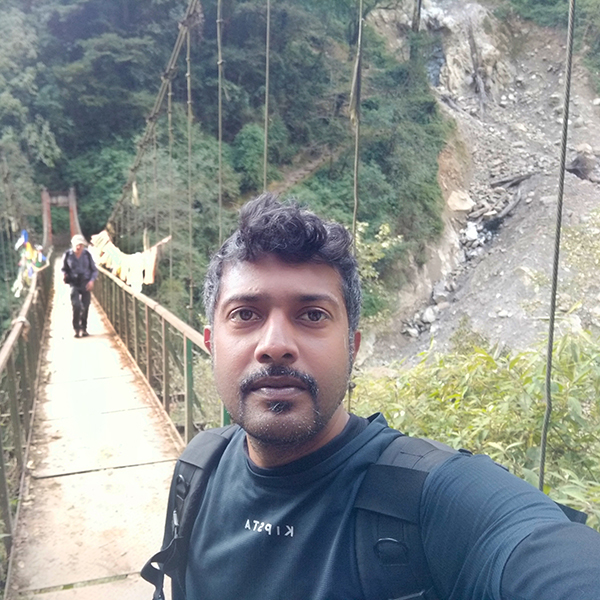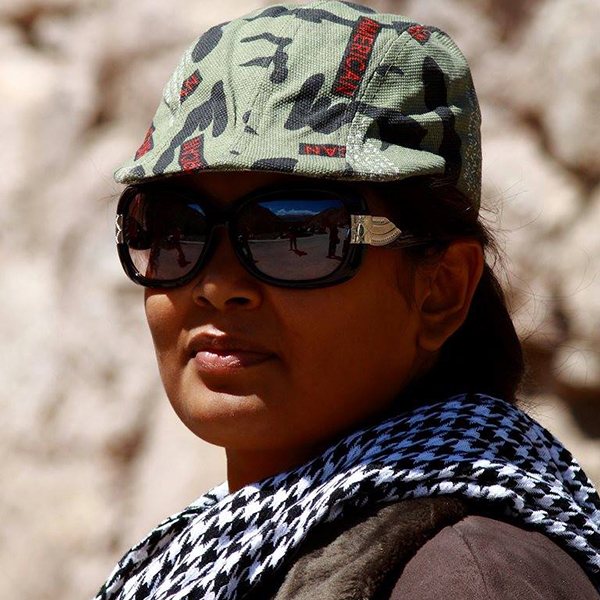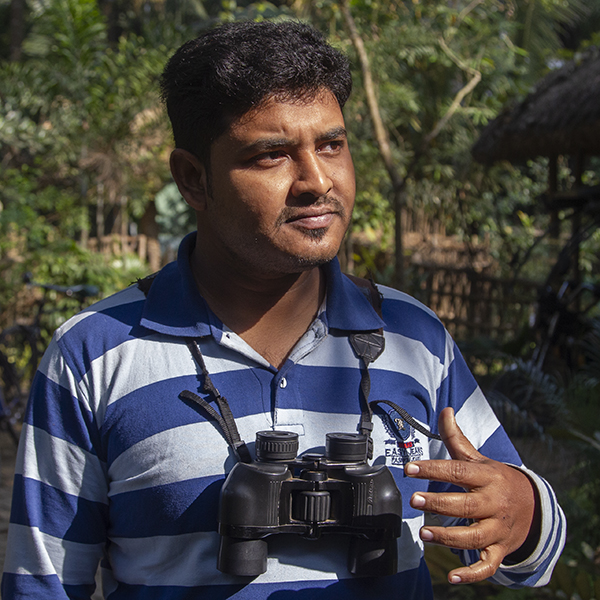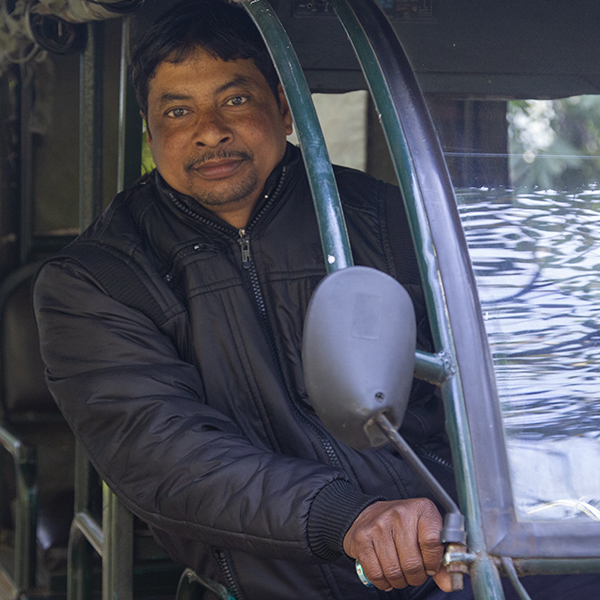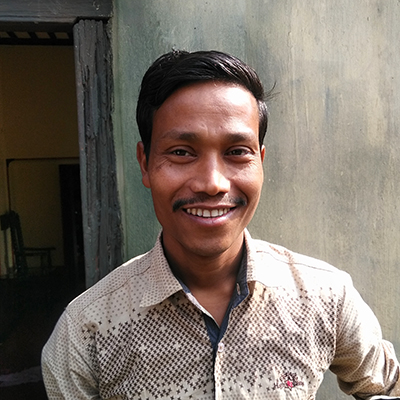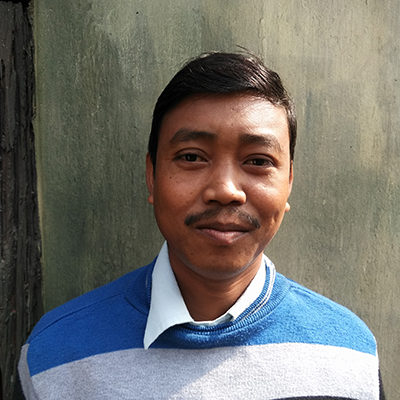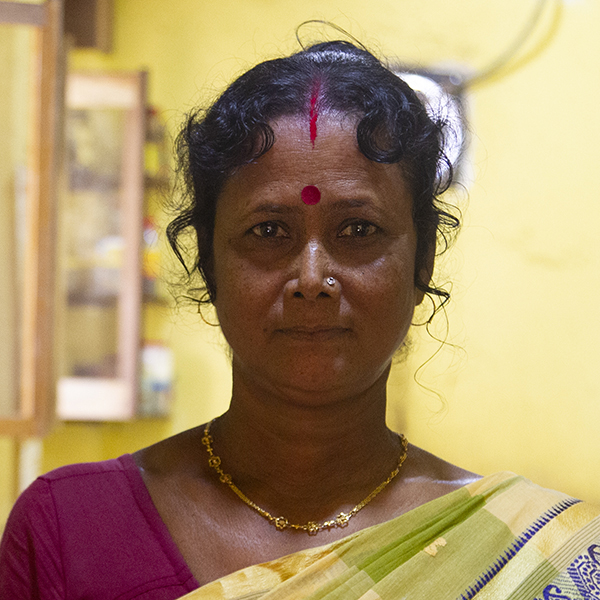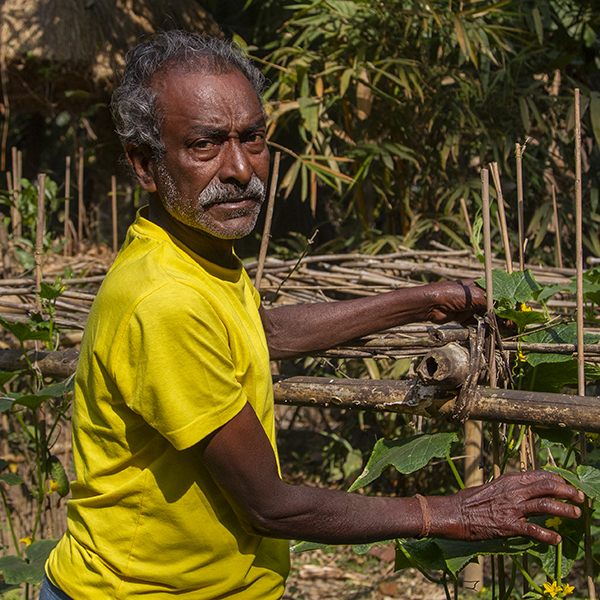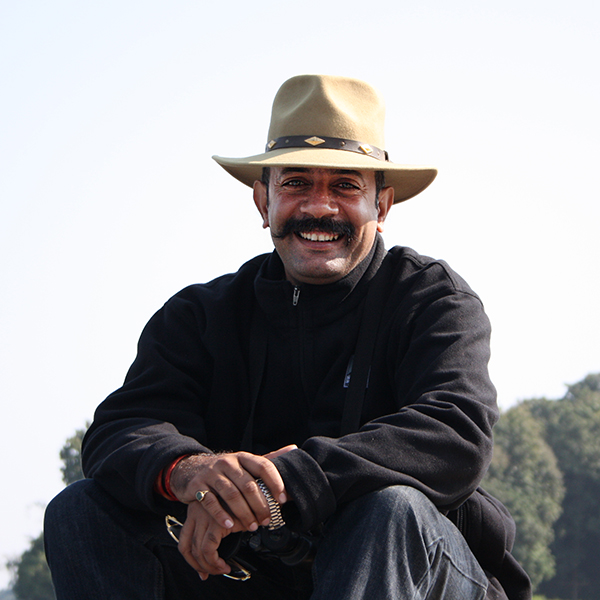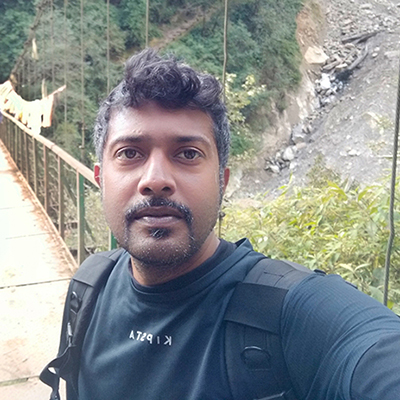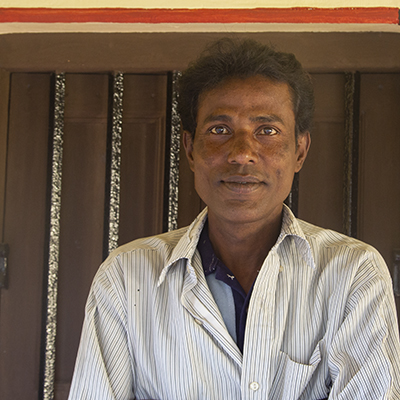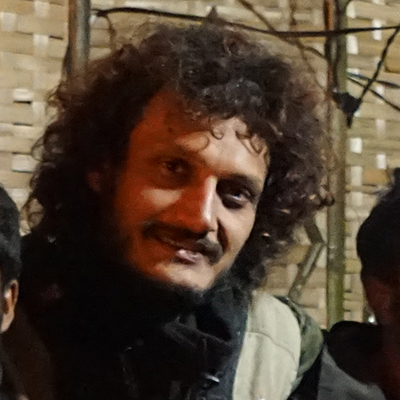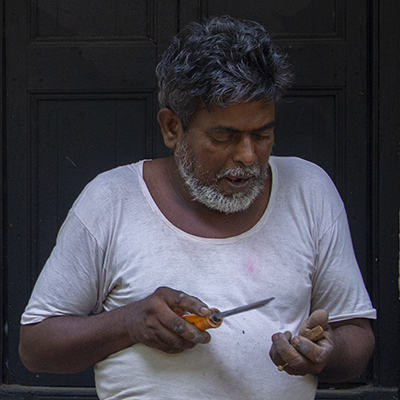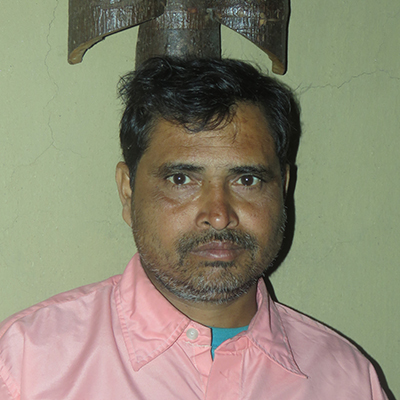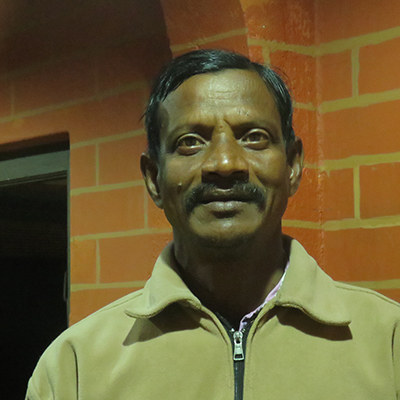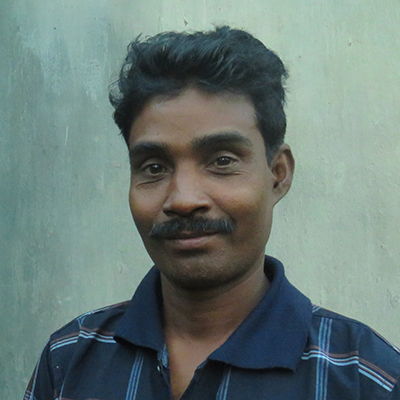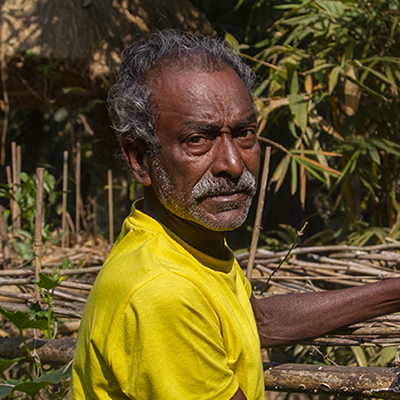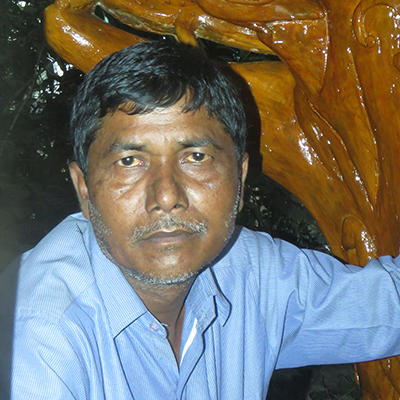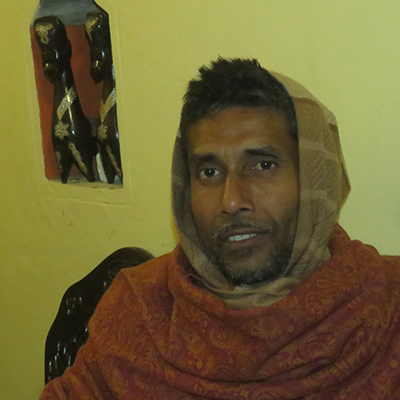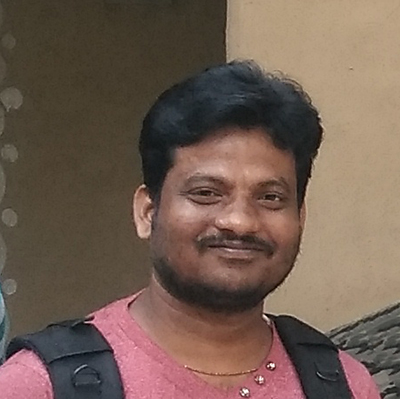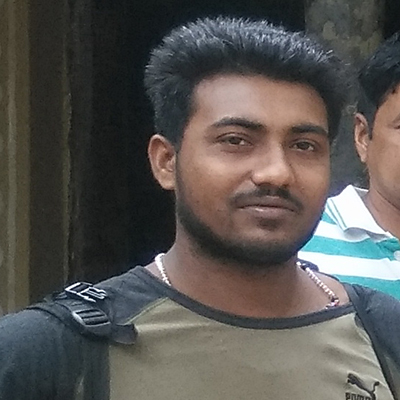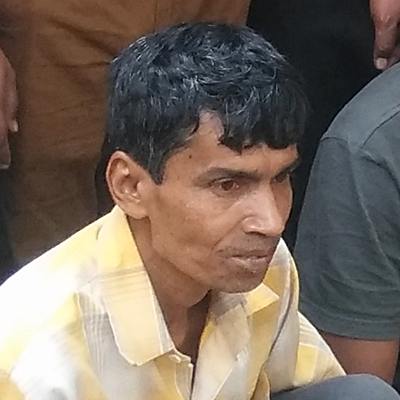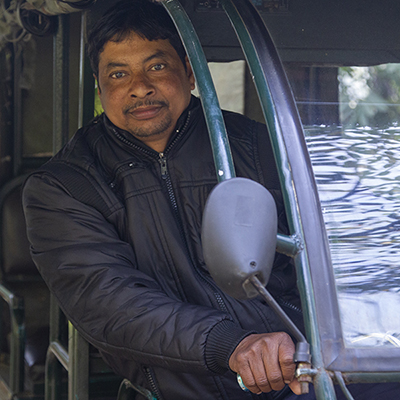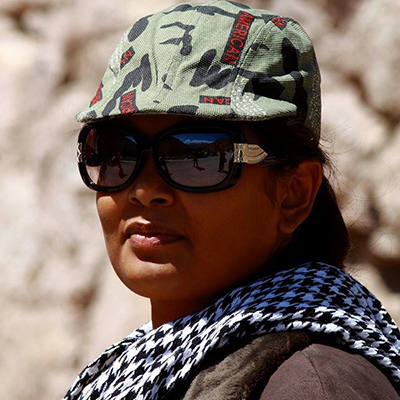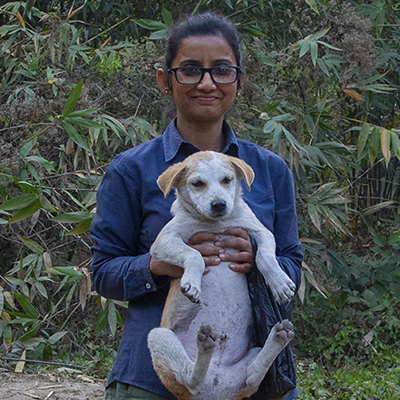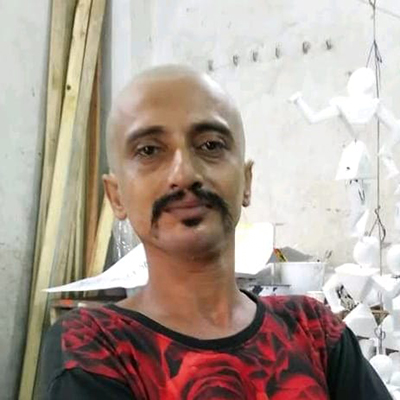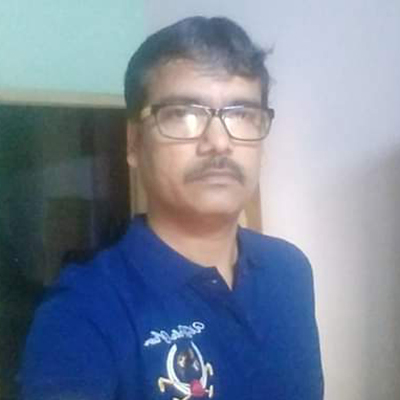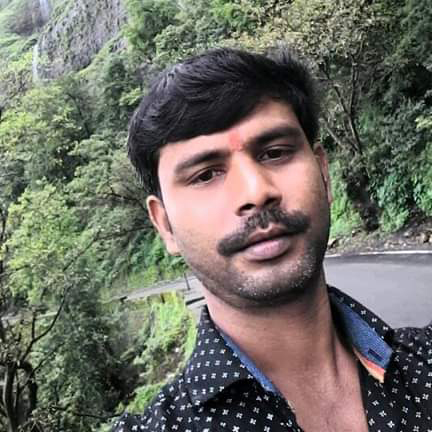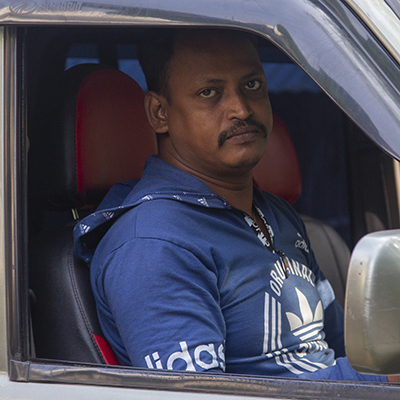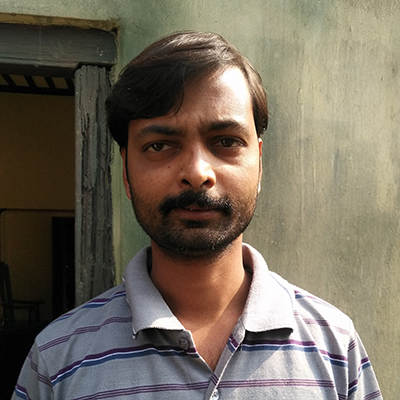Our Story
Baghrol Basa = Fishing Cat (Baghrol in Local Bengali Language) Nest (Basa or Home). Baghrol Basa is a Research and conservation project on the Fishing Cat funded only by Sustainable Wildlife Tourism. This is conceptualized, founded and run by our inhouse Naturalist-Engineer Shantanu Prasad. He spent over 80,000 hrs on the field to understand and document wildlife across India, Nepal & Africa. His Wildlife Photography is loved by many as his Conservation efforts.
As Baghrol Basa we say Save Fishing Cat, Save Floodplains, Save Water. This is our attempt to revive the flood plains habitat by protecting the Indicator species Fishing Cat. This will also solve a greater problem of Underground Drinking water and enhance organic farming.
Baghrol Basa is a high impact sustainable tourism model where we have 5 staff per room and all of them are local underprivileged. More than 200 people who get livelihood or are positively impacted. Just by staying at Baghrol Basa you are not only experiencing elusive wildlife in their natural habitat, you are also taking part in conservation.
We petrol our surrounding floodplains every night and monitor about 1100 ponds wetlands to collect data which helps in research after being published as scientific papers. As per our last published data in IUCN Cat News this place has the highest density of Fishing Cat in the world.
Baghrol Basa also shares 20% of its profit for Fishing Cat and its habitat conservation execute by WATER (Wildlife Awareness Trust for Environment Research).

